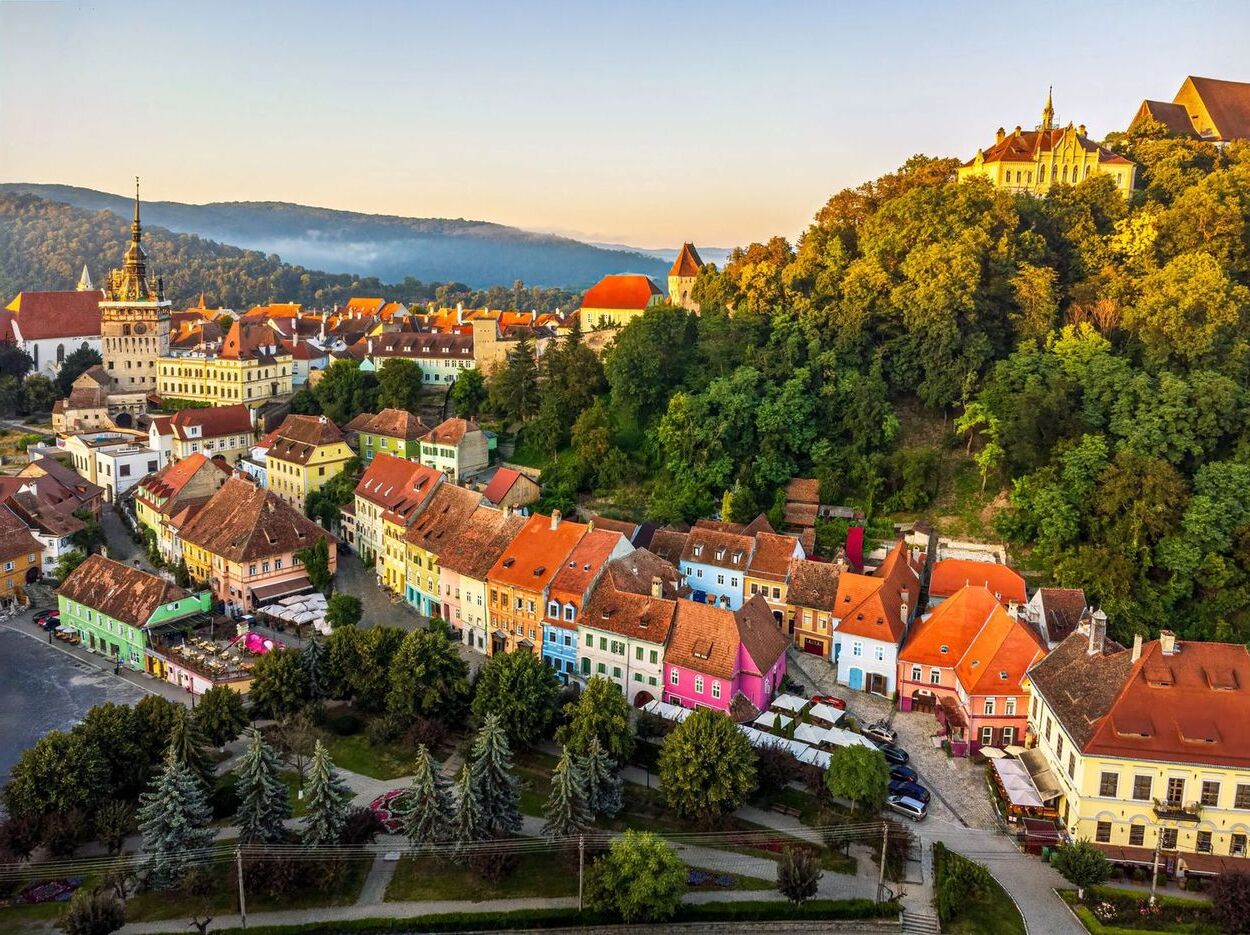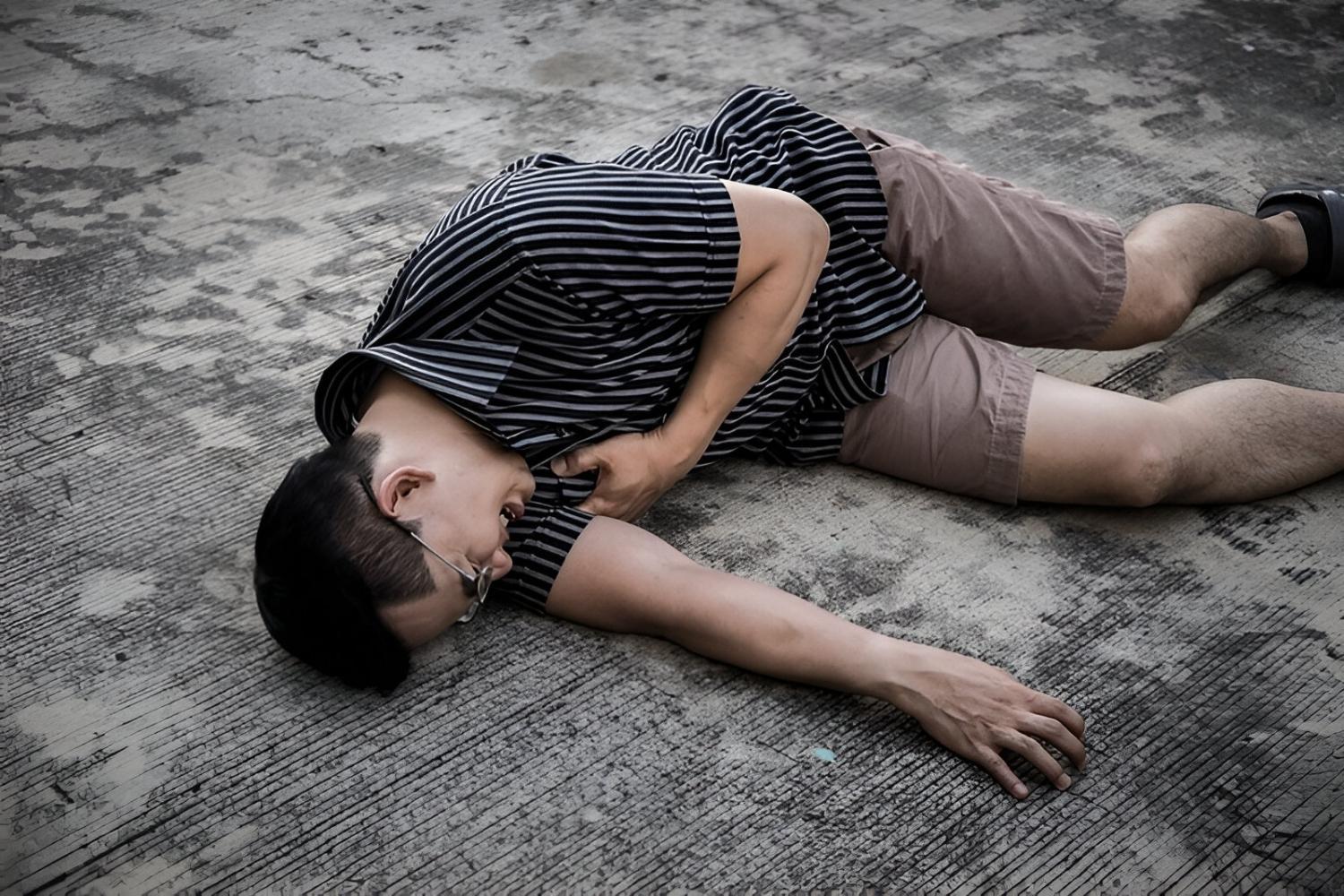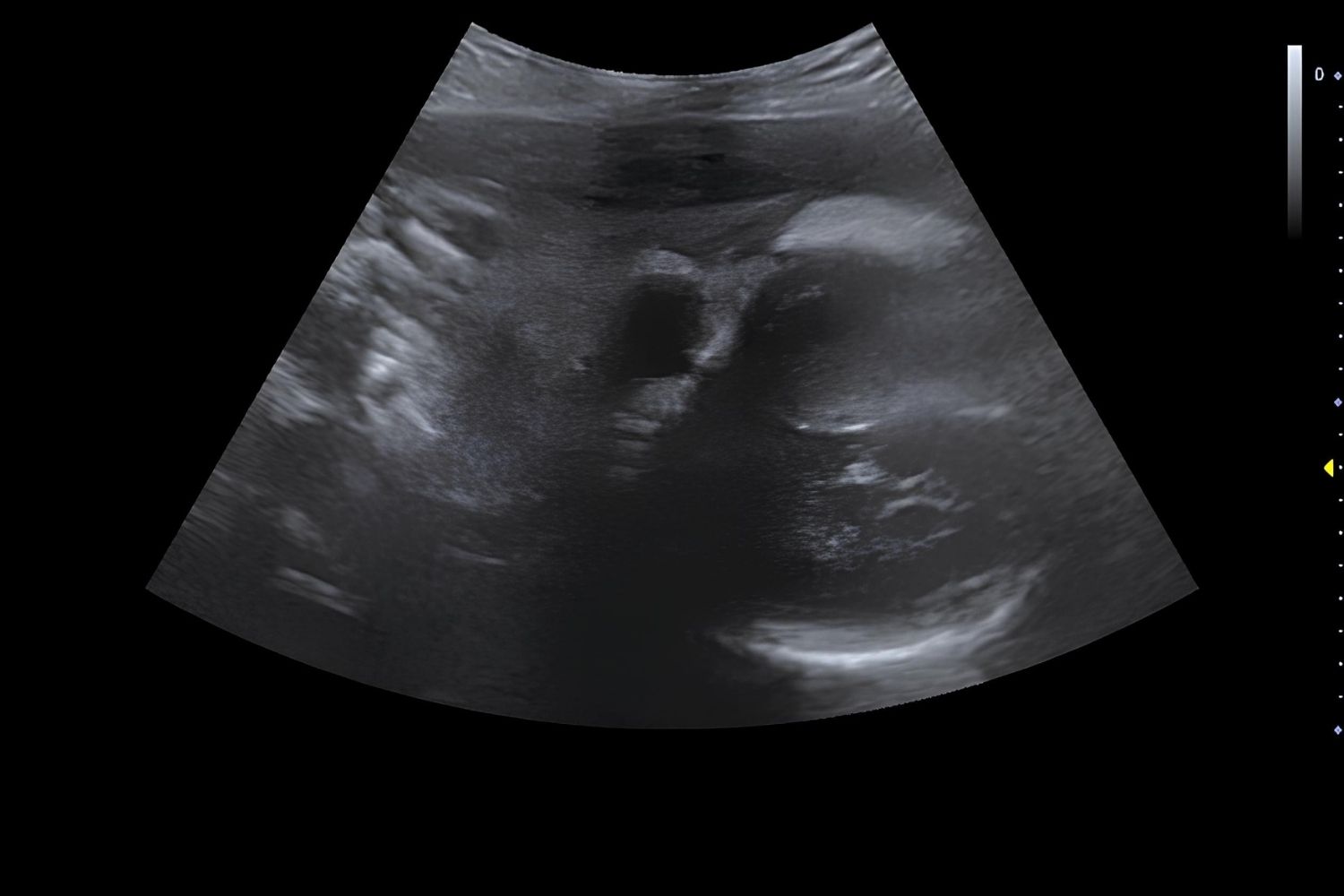
Ever wondered what makes Romania so unique? Nestled in Southeastern Europe, Romania is a land of contrasts, where medieval castles meet modern cities, and ancient traditions blend seamlessly with contemporary culture. With a population of around 19.3 million people, this country boasts a rich tapestry of history, folklore, and natural beauty. From the legendary tales of Dracula to the stunning landscapes of the Carpathian Mountains and the Danube Delta, Romania offers a treasure trove of experiences. Whether you're intrigued by its vibrant festivals, traditional cuisine, or historical landmarks, Romania has something to captivate every traveler. Let's dive into 50 fascinating facts about this enchanting country!
Key Takeaways:
- Romania, a diverse gem in Southeastern Europe, is known for its captivating landscape, rich cultural tapestry, and historical landmarks like Dracula's Castle.
- With a population of around 19.3 million, Romania's vibrant culture, traditional cuisine, and lively festivals make it a must-visit destination for travelers.
Location and Geography
Romania, a gem in Southeastern Europe, boasts a diverse landscape that captivates visitors.
- Location: Romania is bordered by Hungary, Serbia, Bulgaria, Moldova, and Ukraine.
- Geography: The Carpathian Mountains, Danube Delta, and Black Sea coast define its terrain.
- Regions: Romania is divided into Transylvania, Wallachia, and Moldavia.
Population and Language
Romania's people and language reflect its rich cultural tapestry.
- Population: As of 2023, Romania has around 19.3 million residents.
- Language: Romanian, a Romance language, is the official tongue. Many also speak English, especially in cities.
Capital City
Bucharest, Romania's bustling capital, is a blend of history and modernity.
- Bucharest: Known for its cultural scene, historic landmarks like the Palace of the Parliament, and modern architecture.
History
Romania's history is a fascinating journey through ancient and medieval times to the modern era.
- Ancient Dacia: Inhabited by the Dacians, a Thracian tribe.
- Roman Empire: Conquered Dacia in 101-102 AD, making it a Roman province.
- Middle Ages: Influenced by the Byzantine and Ottoman Empires.
- Modern Era: Gained independence in 1877, became a kingdom in 1881, and played significant roles in both World Wars.
Cultural Heritage
Romania's culture is rich with folklore, music, dance, and cuisine.
- Folklore: Stories of mythical creatures like vampires and wolves abound.
- Music and Dance: Traditional music includes folk songs and dances like the hora.
- Cuisine: Dishes like sarmale (stuffed cabbage rolls), mămăligă (polenta), and ciorbă (soup) are staples.
Historical Landmarks
Romania's landmarks tell tales of its storied past.
- Bran Castle: Known as Dracula's Castle, linked to Vlad the Impaler.
- Peles Castle: A neo-Renaissance marvel in Sinaia.
- Maramureș Wooden Churches: UNESCO-listed, showcasing traditional architecture.
Economy
Romania's economy is diverse, with agriculture, industry, and tourism playing key roles.
- Agriculture: Major crops include wheat, corn, and sunflowers.
- Industry: Textiles, machinery, and automotive manufacturing are significant sectors.
- Tourism: Natural beauty, cultural heritage sites, and vibrant cities attract visitors.
Education
Romania values education, with a robust system and prestigious universities.
- Education System: Includes both public and private schools.
- Higher Education: Notable universities include the University of Bucharest and Babeș-Bolyai University.
Healthcare
Romania's healthcare system offers both public and private options.
- Healthcare System: Generally well-regarded, with quality medical services.
- Medical Tourism: Increasing due to competitive prices and high standards.
Sports
Sports are a significant part of Romanian culture, with football and handball being particularly popular.
- Football: The national team competes in international tournaments.
- Handball: Romania has a strong tradition, with several European championships.
Festivals and Celebrations
Romania's festivals are vibrant expressions of its cultural heritage.
- Mărțișor: Celebrated on March 1st, marking the beginning of spring.
- Sânzieni: A midsummer festival on June 24th, featuring music, dance, and traditional food.
Traditional Clothing
Romania's traditional attire is colorful and intricately designed.
- Iași Blouse: Known for its detailed embroidery and vibrant colors.
- Sărmășag: A traditional hat worn by men, often decorated with feathers.
Crafts and Artisans
Romanian crafts are renowned for their beauty and craftsmanship.
- Woodcarving: Known for intricate designs using natural materials.
- Pottery: Features geometric patterns and colorful glazes.
Ethnic Minorities
Romania is home to diverse ethnic groups, each contributing to its cultural mosaic.
- Hungarians: A significant minority, especially in Transylvania.
- Szeklers: Another ethnic group in Transylvania, with unique traditions.
Language Variations
Romanian language has several dialects and a distinct sign language.
- Dialects: Includes the Moldavian dialect spoken in Moldova.
- Sign Language: Romanian Sign Language is used by the deaf community.
National Symbols
Romania's symbols reflect its national pride and heritage.
- Flag: A tricolor of blue, yellow, and red stripes.
- Coat of Arms: Features a shield with a double-headed eagle and historical symbols.
Cuisine
Romanian cuisine is a delightful blend of flavors and traditions.
- Sarmale: Stuffed cabbage rolls with ground meat and rice.
- Mămăligă: Polenta often served with cheese, sour cream, or meat stews.
Beverages
Traditional Romanian beverages are a must-try for visitors.
- Palincă: A spirit made from plums, enjoyed socially.
- Țuică: Another plum spirit, known for its strong flavor.
Festivals
Romania hosts various festivals celebrating its rich culture.
- Bucharest International Film Festival: Showcases films from around the world.
- Romania Jazz Festival: Features jazz performances by local and international artists.
Music
Romanian music ranges from traditional folk to modern genres.
- Traditional Music: Includes folk songs and dances like the hora.
- Modern Music: Pop, rock, and electronic music thrive in Romania.
Dance
Traditional Romanian dances are lively and engaging.
- Hore: Involves circular movements, performed during social gatherings.
- Sârba: A fast-paced dance with intricate footwork.
Arts and Crafts
Romanian arts and crafts are a testament to its rich cultural heritage.
- Textiles: Feature intricate patterns and colors, used in clothing and decor.
- Wooden Toys: Handmade toys are popular souvenirs.
Historical Figures
Romania has produced notable historical figures who have left a lasting impact.
- Vlad the Impaler: Inspired Bram Stoker's Dracula, a significant historical figure.
Romania: A Land of Rich History and Vibrant Culture
Romania's got a lot to offer. From the Carpathian Mountains to the Danube Delta, its landscapes are stunning. Bucharest, the capital, blends old and new with landmarks like the Palace of the Parliament. Transylvania isn't just about Dracula; it's full of medieval towns and castles like Bran Castle. The country's history is deep, with influences from the Roman Empire to the Ottoman Empire. Romanian cuisine is a tasty mix of flavors, featuring dishes like sarmale and mămăligă. Festivals, traditional music, and dance keep the culture lively. Romania's economy is diverse, with strong agriculture, industry, and a growing tourism sector. Whether you're into history, nature, or just good food, Romania's got something for everyone. So, if you haven't thought about visiting, maybe it's time to add Romania to your travel list.
Frequently Asked Questions
Was this page helpful?
Our commitment to delivering trustworthy and engaging content is at the heart of what we do. Each fact on our site is contributed by real users like you, bringing a wealth of diverse insights and information. To ensure the highest standards of accuracy and reliability, our dedicated editors meticulously review each submission. This process guarantees that the facts we share are not only fascinating but also credible. Trust in our commitment to quality and authenticity as you explore and learn with us.


